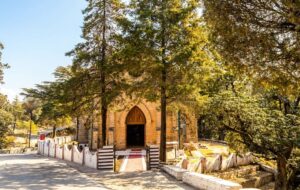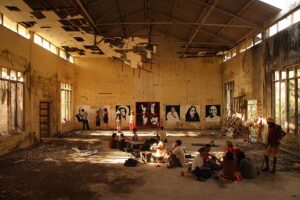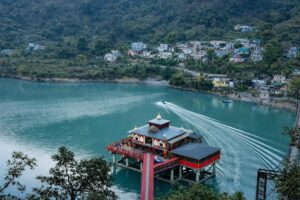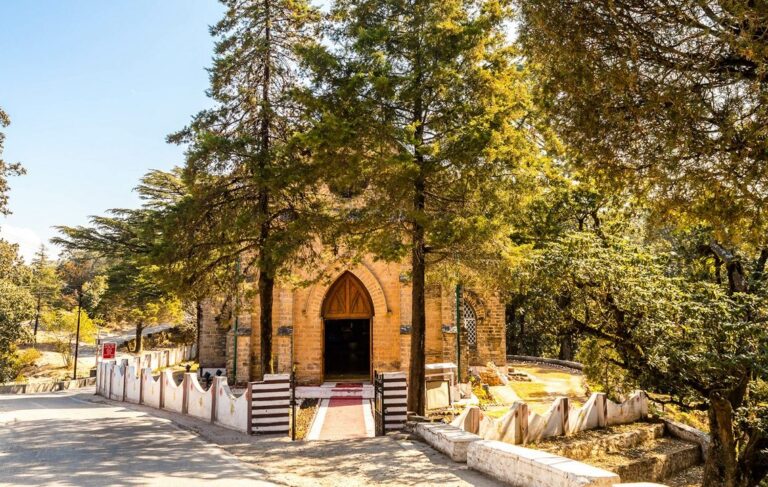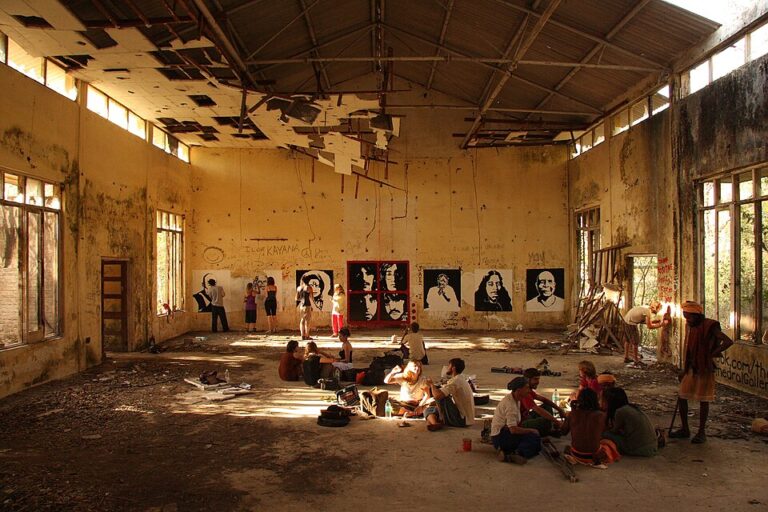Discover Hawa Mahal Jaipur Rajasthan India: The Iconic Palace of Winds
Location: Badi Choupad, Pink City, Jaipur
Built: 1799 Hawa Mahal Jaipur Rajasthan India
Architect: Lal Chand Usta Hawa Mahal Jaipur Rajasthan India
Commissioned by: Sawai Pratap Singh
Number of Windows: 953 Hawa Mahal Jaipur Rajasthan India
Overview: Hawa Mahal Jaipur Rajasthan India
The Hawa Mahal, or “Palace of Winds,” is one of Jaipur’s most iconic landmarks. It was constructed in 1799 as an extension of the City Palace to allow the royal women to observe street festivals and royal processions while maintaining the Purdah system, which required them to remain unseen by the public.
Hawa Mahal, often recognized as Jaipur’s most iconic landmark, is no ordinary structure. This five-storied architectural marvel, built in 1799, captivates visitors with its lace-like grillwork and intricate honeycomb façade. Rising approximately 50 feet, its pink and red sandstone exterior offers a mesmerizing visual experience that draws travelers from around the world.
Suggested Read: Pink City of India: Why is Jaipur Called Pink City in India?
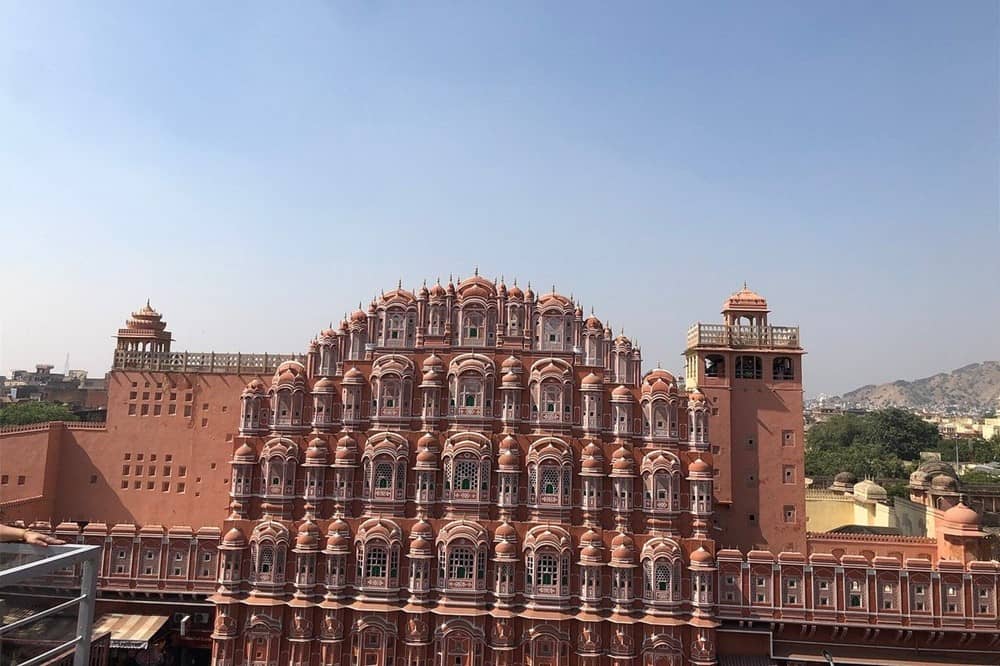
A Visual Marvel
The façade of Hawa Mahal is a photographer’s delight, and it becomes even more enchanting at night when the moonlight bathes the city. The building’s intricate details and lattice windows glow softly, creating a mystical atmosphere.
Each angle of this architectural wonder is photo-worthy, with its 953 small windows or jharokhas, framed with delicate sandstone grills and adorned with miniature balconies.
History
Hawa Mahal’s construction was ordered by Maharaja Sawai Pratap Singh to serve as a vantage point for the royal women of the court. Following the Purdah system, these women were not allowed to appear in public, so the “Palace of Winds” was designed to allow them to observe the lively street scenes and royal processions without being seen.
The palace was designed by the gifted architect Lal Chand Usta, who created a structure reminiscent of a honeycomb, with its many portholes and windows.
Despite the grandeur of its exterior, the interior of the Hawa Mahal is quite minimalistic, in stark contrast to its richly adorned outer walls.

Architecture
The Hawa Mahal’s design was inspired by the crown of Lord Krishna, a nod to Sawai Pratap Singh’s devotion to the Hindu deity. The palace boasts 953 honeycomb-shaped windows known as “jharokhas,” which are intricately carved and allow cool breezes to circulate through the palace, making it an ideal retreat during the hot summer months.
- The five-storey façade is built with small lattice windows, balconies, and arched roofs adorned with hanging cornices. These windows, though numerous, are no larger than peep holes, ensuring the royal ladies could observe the outside world without being seen.
- The top three floors house rooms like Vichitra Mandir, Prakash Mandir, and Hawa Mandir. Of particular note is that there are no stairs leading to the upper levels; instead, there are ramps, which were used to transport the royal women in their palanquins.
Unique Features
- Cooling Effect: The structure’s honeycomb design allows air to circulate throughout the palace, keeping it cool even in the hot Jaipur summers. This has earned it the nickname “Palace of Winds.”
- Historical Significance: It served as a key aspect of the social structure of the time, particularly in terms of the royal family’s adherence to the Purdah system.
Visitor Information
- Hawa Mahal Jaipur Rajasthan India Opening Hours: 9:00 AM – 5:00 PM
- Hawa Mahal Jaipur Rajasthan India Entry Fees:
- Hawa Mahal Jaipur Rajasthan India Indians: ₹50
- Hawa Mahal Jaipur Rajasthan India Foreigners: ₹200
Best Time to Visit Hawa Mahal Jaipur Rajasthan India:
Early morning or late afternoon when the light is softer, and the pink sandstone façade glows under the sun. The Hawa Mahal Jaipur Rajasthan India remains a testament to Jaipur’s royal history, combining architectural beauty with cultural significance.


